Staff Answer
Oct 26, 2020 - 10:42 AM
DIY SUCCULENT SOIL RECIPE
Mixing your own succulent soil is a great way to save money and get the perfect soil blend for your particular varieties and growing conditions. Think of this as a general, all-purpose recipe. It will work indoors or outdoors, in containers or in the ground, and can be adapted based on your environment and the materials available.
To make a balanced succulent soil, mix one part organic materials from the left column with two parts mineral materials from the right. You can pick one from each side or mix and match multiple ingredients. Just be sure the total volume is 1/3 organic matter and 2/3 mineral materials.
A couple notes on some of the soil options listed:
Potting Soil
There are seemingly endless varieties of potting soil on the market. Check the ingredients so you know exactly what you're getting and whether it contributes to moisture retention or drainage. Avoid peat-based potting mixes (more on that below).
Sand
For a well-draining soil, it's important to use a coarse grit like builder's sand. Additionally, do not use beach sand as it can desiccate succulents with salt.
Perlite
This natural, volcanic glass makes a soil light and airy. Just don't confused it with vermiculite, which retains moisture instead of draining it.
Gravel
Look for particle sizes between 1/8" and ¼" in diameter. Rinsing removes fine dust particles that can clog soil pores and reduce drainage. Gravel should be mixed into your soil, not layered at the bottom of a non-draining pot where it can lead to rot.
Other Mineral Possibilities
Diotamaceous earth, chicken grit, decomposed granite, and non-soluble cat litter or oil dry (both are calcined moler clay) can be substituted in equal volumes.
OUTDOOR SOIL FOR SUCCULENT LANDSCAPING
Soil requirements for succulents planted in the ground are less strict than those for container plantings. Ideally, even landscape succulents would be in a gritty, sandy loam with a gravel mulch. The nature of outdoor conditions, however, means you can get away with a less than perfectly draining soil.
The main reason is that outdoor plants are in a greater volume of soil and get more sunlight and airflow than indoor plants. This draws water out of the soil through evaporation, helping them dry faster, and reducing the incidence of rot and disease.
The easiest way to improve drainage without changing the soil structure is by mounding it into berms or raised beds. By building a sloping topography, you increase the surface area exposed to sun and wind and let gravity do some of the drainage work. It also adds visual interest. For more details on the process, check out our guide How to Build a Rock Garden.
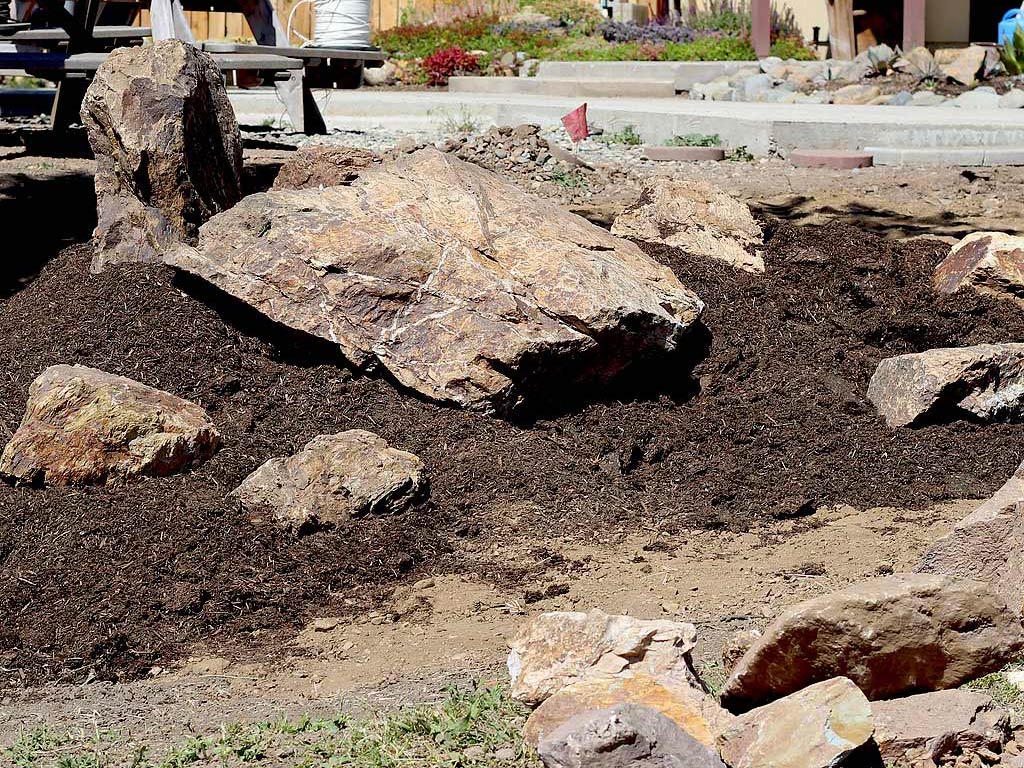 |
| Mounding soil into berms helps it drain faster and adds levels to a rock garden |
Most raised, outdoor soils can support succulents if watered at the correct frequency (see Watering Succulents: A Complete Guide). The one exception is heavy clay soils. Clay easily saturates with standing water and is not recommended for succulent cultivation. It takes massive quantities of sand to amend clay soil. Often, it's easier to pick a different location for your succulents or grow them in containers.
Succulents from Mountain Crest Gardens are never grown in peat, nor do we recommend it. We use a medium of coconut coir (pronounced COY-er), sometimes with added perlite. This mix is tailored to young plants in greenhouse conditions, and it can work for outdoor succulents in hot climates. Indoor growers, however, should use about one part coir for every two parts mineral ingredients.
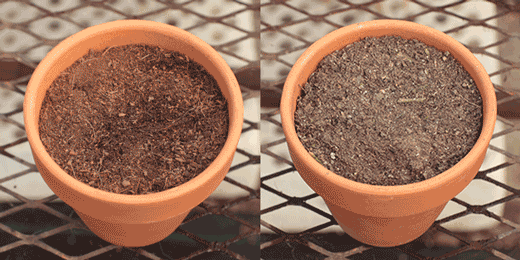 |
| Watering coconut coir (left) and hydrophobic peat moss (right) |
Why not use peat moss in succulent soil? Peat becomes hydrophobic when dry, meaning that it repels water. It takes gradual soaking to rehydrate dry peat and fully saturate the soil. Since succulents need to completely dry between each watering, it is difficult to quickly drench the roots of a succulent grown in peat.
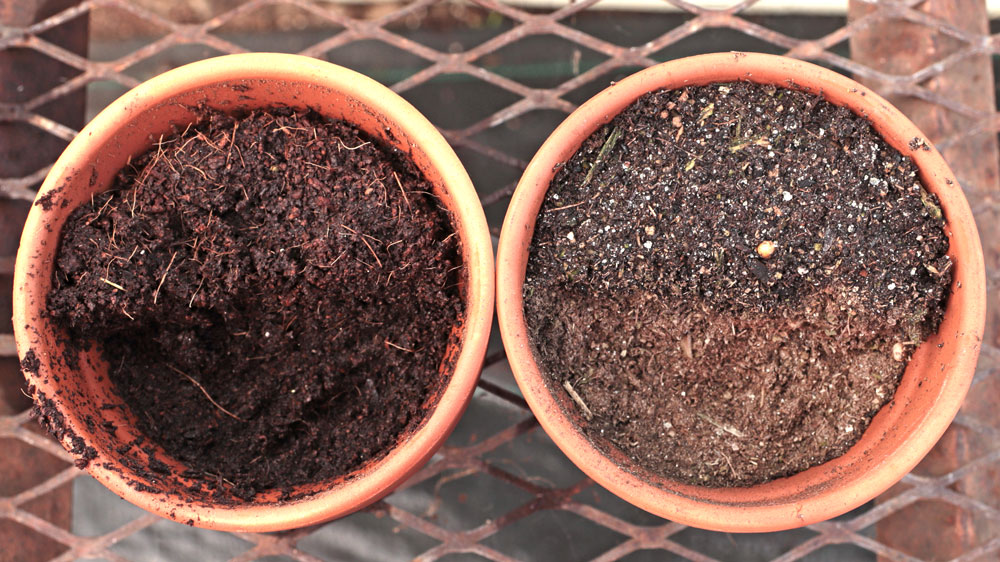 |
| When watering dry coconut coir (left) and peat moss (right), water soaks into the coir but runs off the hydrophobic peat |
On top of being poorly suited to a succulent's watering regimen, peat is a less sustainable option than coconut coir. Peat is harvested from wetlands of Sphagnum moss that slowly decompose over hundreds to thousands of years. Peat does not develop quickly and the destruction of peat bogs is a loss of a major global carbon sink.
Coir, on the other hand, is the fibrous byproduct left over after husking coconuts. Coconuts regenerate far faster than peat bogs, so coir is a more sustainable product and puts to use the massive quantities of what would otherwise be a waste product. For even more reasons to choose coir over peat, check out "Coir is Sustainable Alternative to Peat" (Oregon State University).
Is Coir Right for You?
While coir is an ideal choice for young plants in a nursery setting, it isn't perfect for all situations. Because it's light and stores a lot of moisture, it can be a decent choice for succulents growing outdoors in hot climates. To improve coir drainage for indoor growing or humid climates, we recommend amending with coarse sand or perlite. A 2:1 mineral to coir soil has a drying time close to that of Miracle-Gro Cactus, Palm & Succulent Potting Mix.

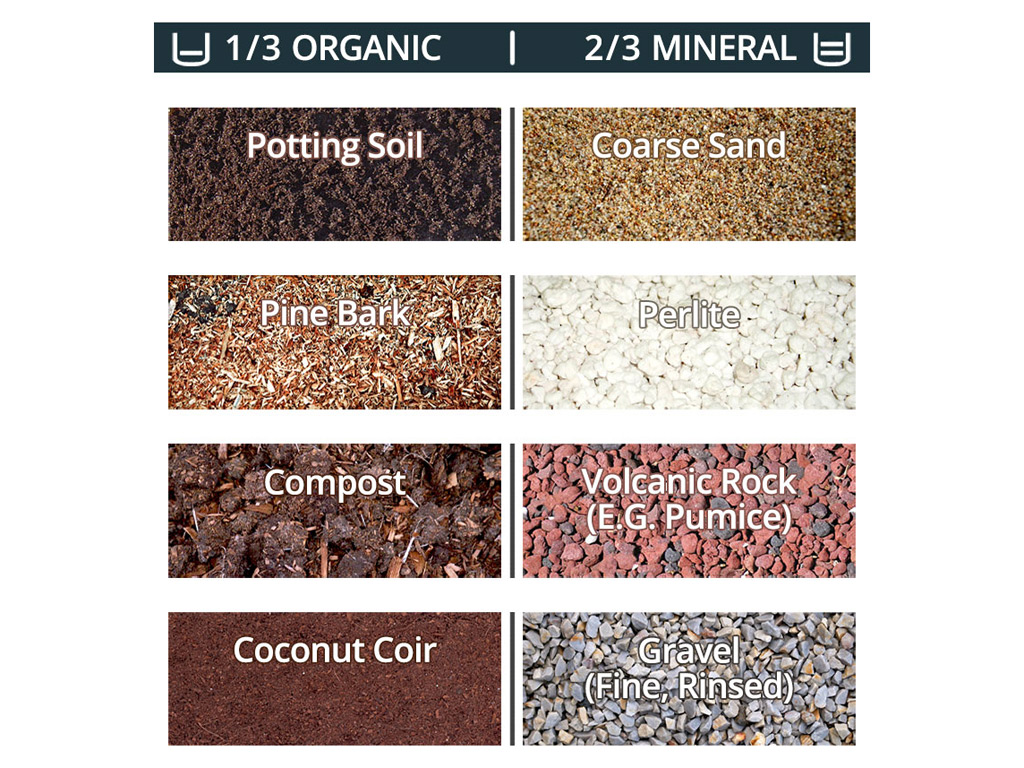
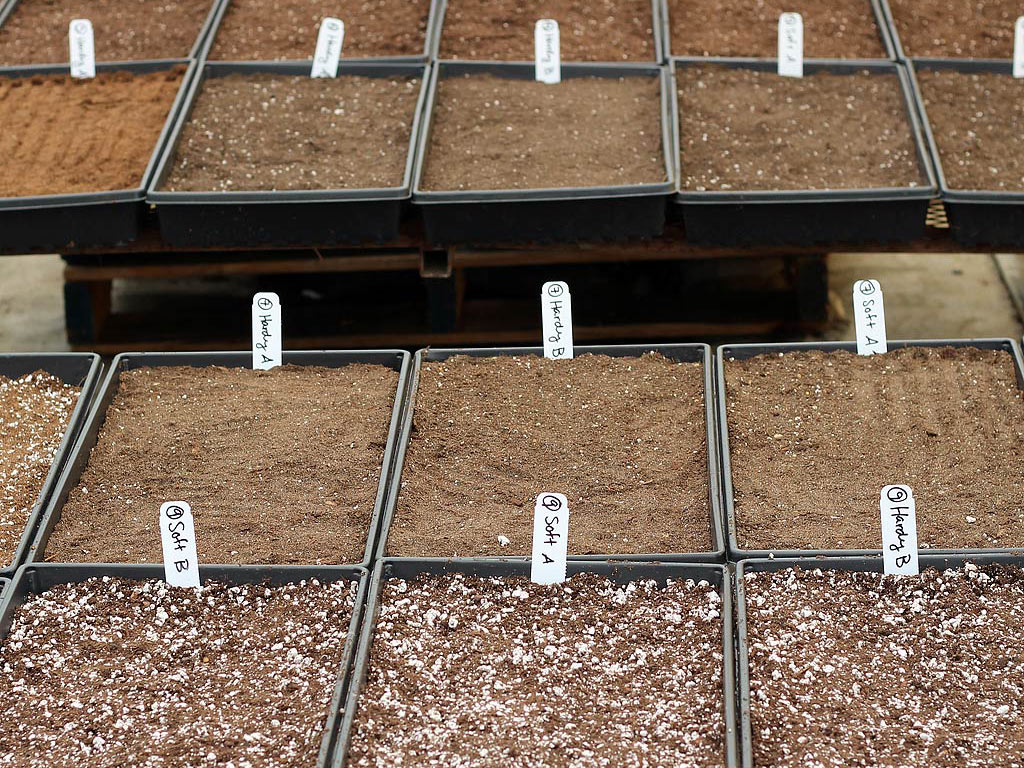
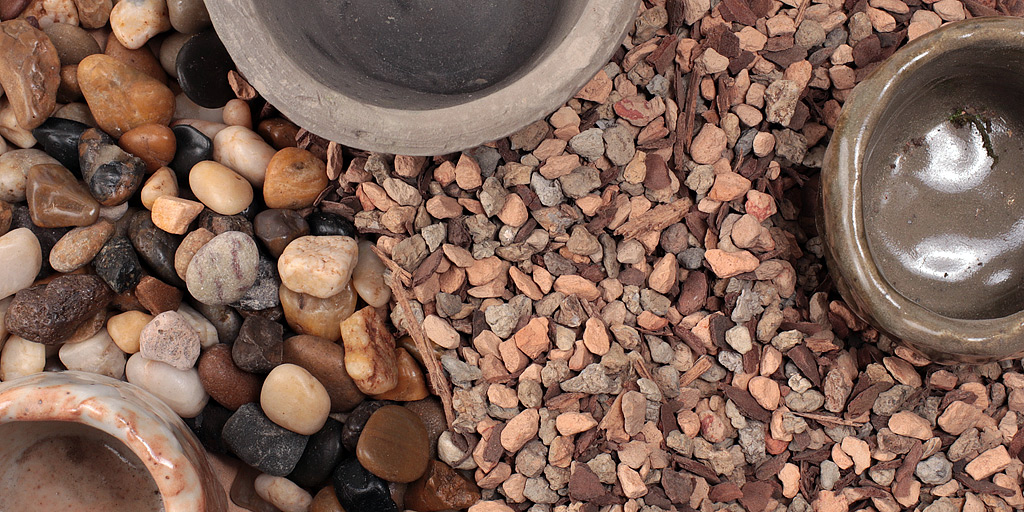
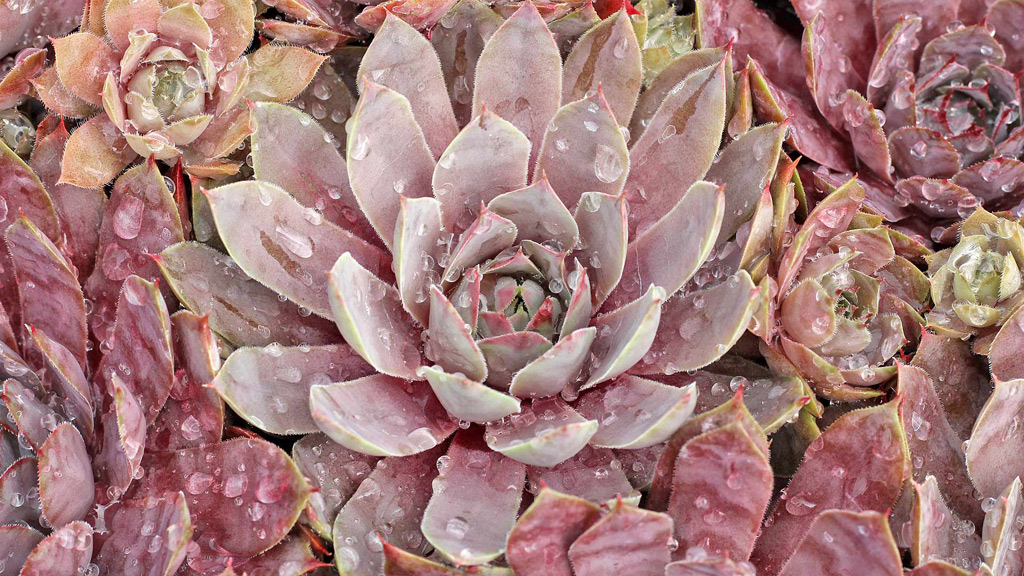
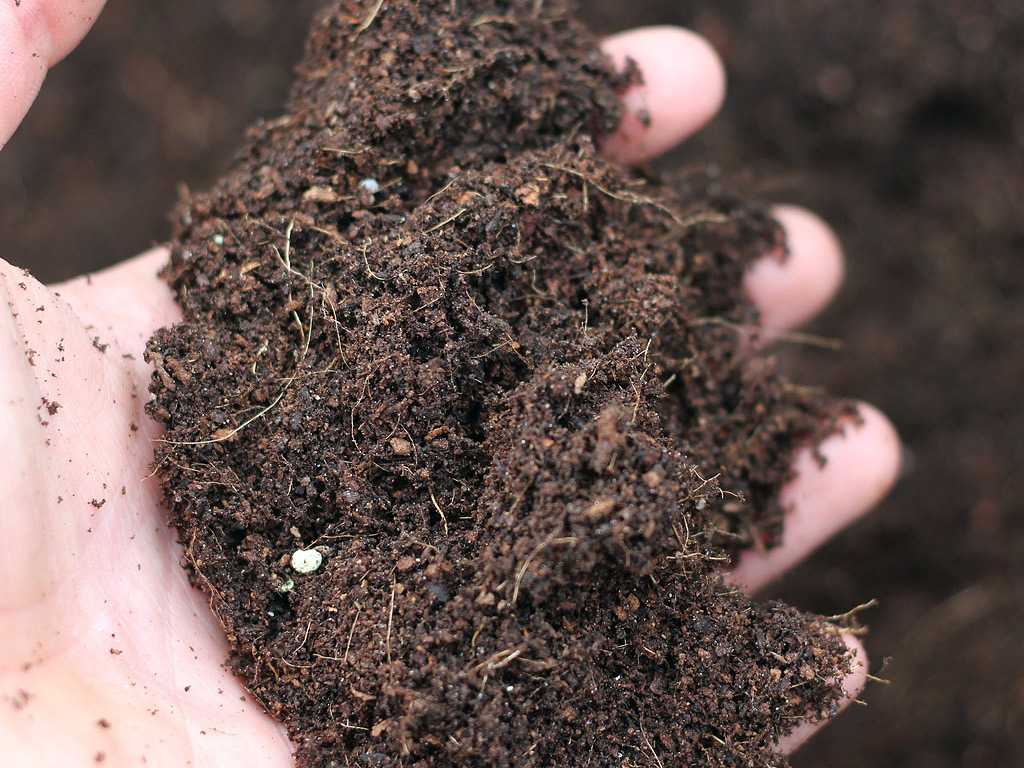


Add New Comment